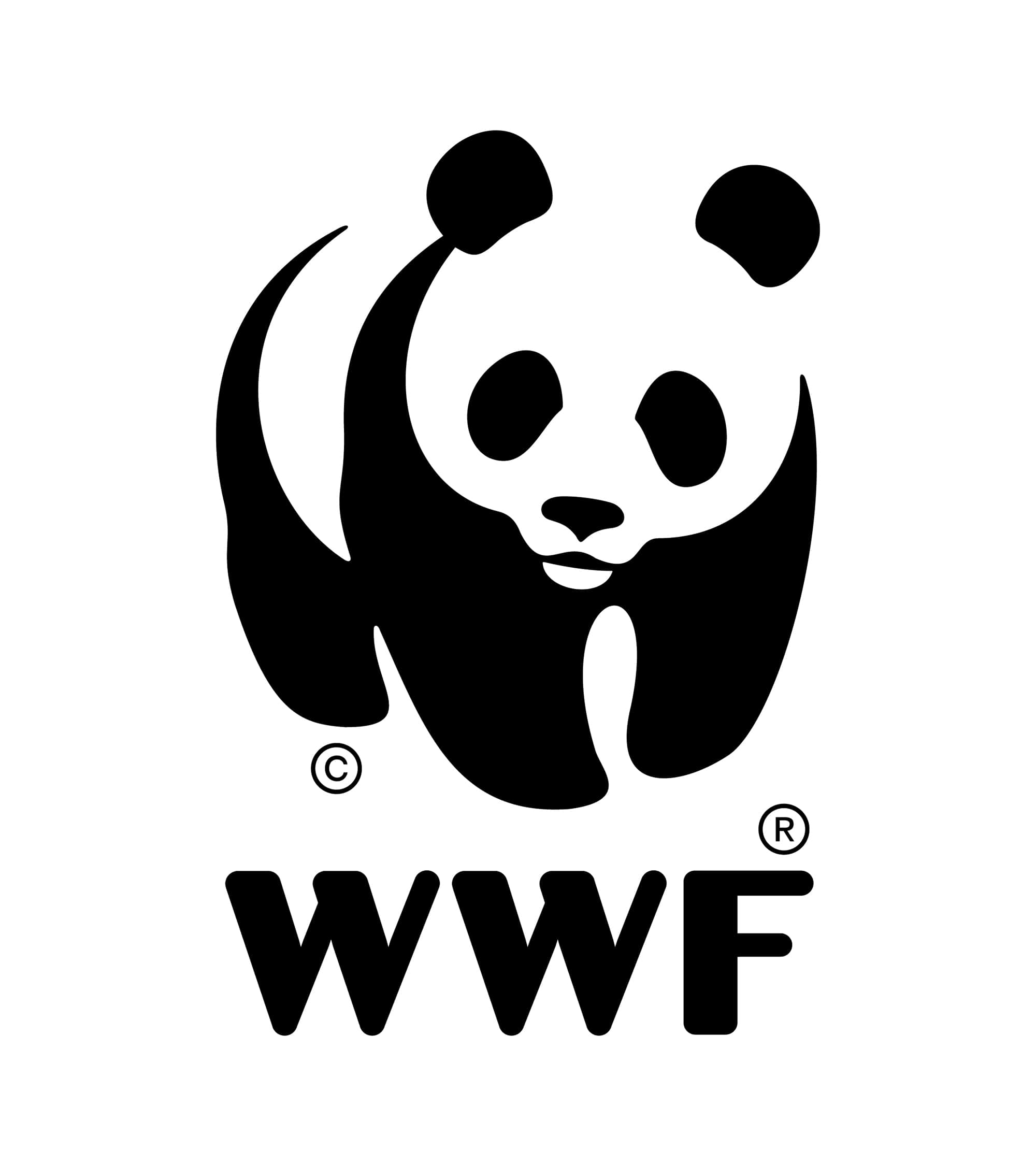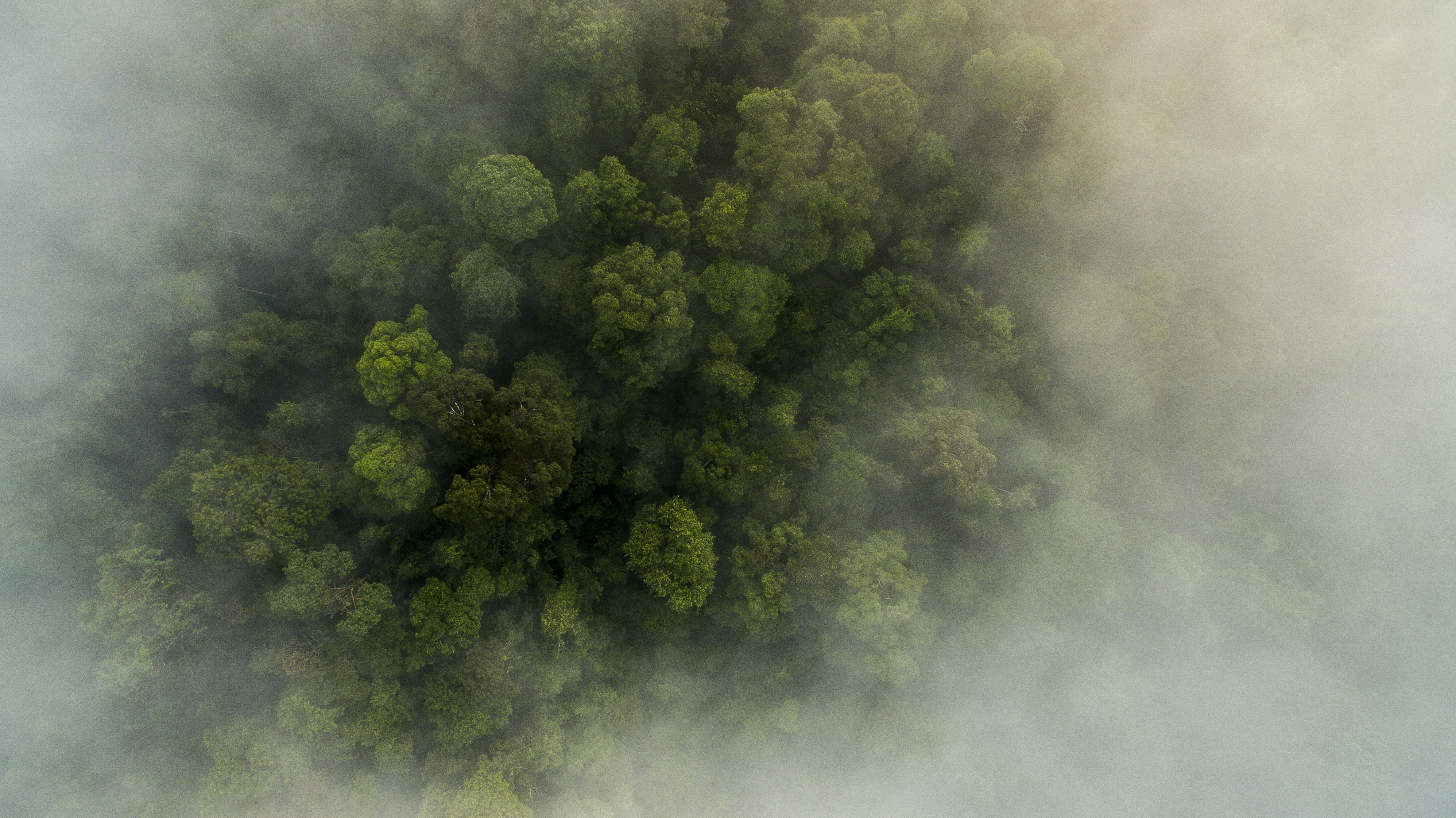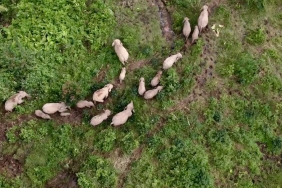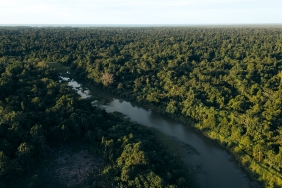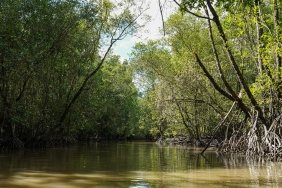WWF'S EXPECTATIONS FOR REDD+ IN DURBAN
By Iwan Setiawan
Reducing emission from deforestation and forest degradation and increasing carbon storage through forested areas or known as REDD + is the main topic that would be discussed in COP 17 (Conference of Parties) in Durban, South Africa. What is REDD+? Is it a burden or a solution? How is it implemented in Indonesia so far?
The group of sceptist people see REDD+ as mechanism for developed countries to pay back their sins in producing high amount of Greenhouse Gas by giving high compensation to developing countries that still have large forest area such as Indonesia and Brazil. But the optimistic people see this as an opportunity to encourage people protecting the forest, in which, with or without REDD+, the forest needs to be preserved.
REDD+ (Reducing Emissions from Deforestation and Forest Degradation), is a global mechanism which aimsat reducing the pace of climate change by giving compensation to developing countries which protec its forest. People has been debating about this scheme since Papua New Guinea and Costa Rica proposed the scheme of deforestation emission reduction at climate change conference in 2005.
Indonesia has taken a step forward in fighting for REDD at the climate change convention in Bali in 2007, whereas that idea was developed as a response of “forest degradation” issue. Various additional proposals on agroforestry and agriculture also arised at that time. This scheme was then developed into REDD+. Not only decreasing emission from deforestation and forest degradation, but also increasing carbon storage through conservation and forest management as well as and increasing forest carbon stock. REDD+ programme covers 4 aspects: reducing deforestation, reducing land degradation, keeping the carbon supply, and increasing carbon supply. However in the reality, this is not simple.
There are a number of great challenges in implementing this mechanism including how to measure carbon accurately, how to ensure the funding reach the forest community in transparent and efficient way, who will be responsible if the forest is still damaged, and the source of funding. More than 30 REDD+ implementation models have been proposed by many countries and non-governmental organisations.
Within this country, uncertainties on REDD+ has caused conflicts with local community that has been used to utilize forest resources for long period of time. Misunderstanding or incomplete understanding can mislead REDD+ as if it take over the ownership of local communities. This certainly needs to be confirmed by all related parties.
Nyoman Iswarayoga, WWF-Indonesia Climate and Energy Programme Director say that there might be a possibility that people think REDD+ would not be able to give benefits for the society. Thus, we need to create programmes that involve society. An example is the cooperation between Indonesia and German government. German government has demonstrated it through development of good policy, forest management and climate change strategy, as well as its implementation at the regency level. This project also involves collaboration with Heart of Borneo (HoB) Initiative, which is facilitated by WWF-Indonesia. HoB project implements demonstration in 4 regencies, covering methodology development, institutional management, and community involvement.
WWF believes that, as the key solution for climate change, REDD+ must be able to give benefits to society and nature. In the ongoing UN Conference of Parties, COP 17 in Durban, South Africa, WWF set 4 key targets regarding REDD+ which cover:
- Close the REDD+ finance gap and clarify the role of market finance
- Decide on REDD+ methodologies that benefit the climate, people, and nature
- Adopt a global REDD+ mitigation target linked to long-term finance
- Adress drivers of deforestation
